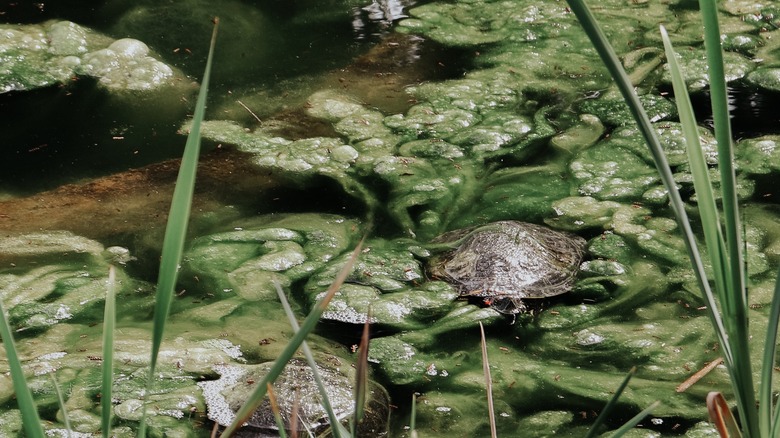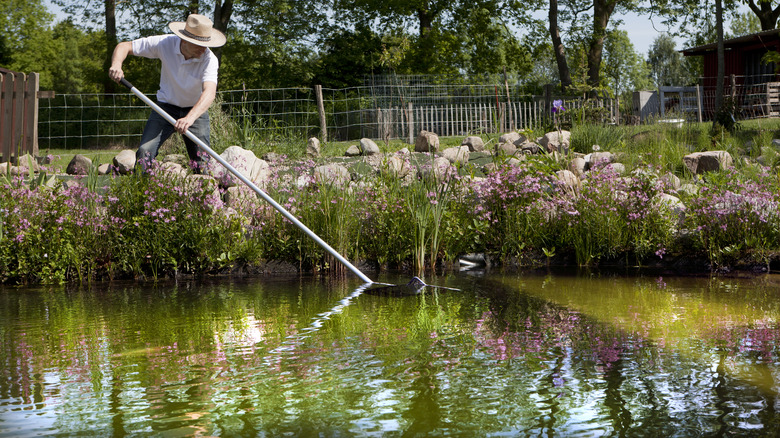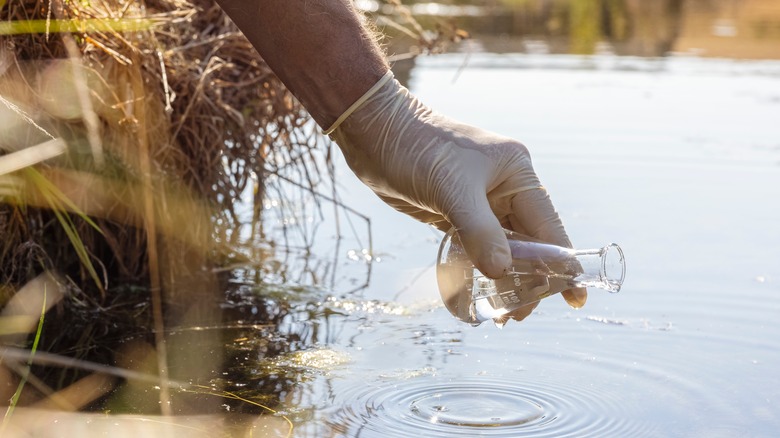How To Prevent And Get Rid Of Blanket Weed In Your Garden Pond
Blanket weed, formally known as Cladophora, is a fast-growing and tenacious algae that form dense, green mats resembling wet wool or blankets, hence its name. It thrives in nutrient-rich waters, taking advantage of favorable conditions to multiply rapidly and smother other aquatic plants. Not only does it detract from the natural beauty of the pond, but it can also impede the growth of desirable flora and disrupt the oxygen levels vital for the health of fish and other pond inhabitants.
Prevention is the key to keeping blanket weed at bay. By implementing a few proactive strategies, pond owners can create an environment less conducive to the growth of this nuisance algae. From maintaining optimal water quality to carefully selecting and placing aquatic plants, a holistic approach is necessary to establish a balanced ecosystem where the algae struggles to gain a foothold. Additionally, if it does infiltrate your pond, prompt action is crucial to prevent its rapid spread and dominance. Various removal techniques, from manual extraction to biological and chemical treatments, can effectively control and eliminate blanket weed. However, it is essential to strike a balance between eradication methods and the preservation of a healthy pond ecosystem.
Effective eradication strategies
Start by removing as much blanket weed as you can, using your hands or a rake to clean the pond. Be thorough and remove as many strands as possible, taking care not to disturb the surrounding plants or the pond substrate. Fish species like koi, grass carp, and Siamese algae eaters can feed on the algae, keeping its growth in check. Likewise, certain snail species, such as the Japanese trapdoor snail, can do the same.
Adding beneficial bacteria to your pond can help break down the organic matter that blanket weed thrives on. These bacteria consume the excess nutrients that promote algae growth. If manual removal and biological control methods aren't sufficient, algaecides and herbicides formulated specifically for pond use can effectively kill blanket weed. However, exercise caution when using chemicals and follow the instructions carefully. Consider the potential impact on other aquatic life and consult with experts if necessary.
Preventing blanket weed
Maintaining optimal water quality is vital for preventing blanket weed. Regularly test the pond parameters — such as pH, ammonia, and nitrate levels — to ensure they are within the appropriate range. Invest in a reliable filtration system to remove excess nutrients and debris that can fuel algae growth. Additionally, consider adding aeration and circulation devices to promote oxygenation and discourage stagnant conditions.
Carefully select and position aquatic plants in your pond to create a balanced ecosystem that discourages blanket weed. Aim for a diverse range of plants, including submerged, floating, and marginal varieties. These plants compete with algae for nutrients, sunlight, and space, limiting their ability to thrive. Strategic placement of shade-providing plants can also help reduce the availability of sunlight, which blanket weed relies on for photosynthesis. Minimize nutrient inputs by regularly removing fallen leaves and decaying plant matter, and avoid overfeeding fish, as uneaten food can decompose and release nutrients into the water.


